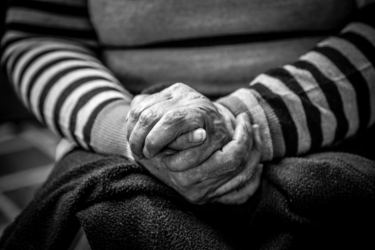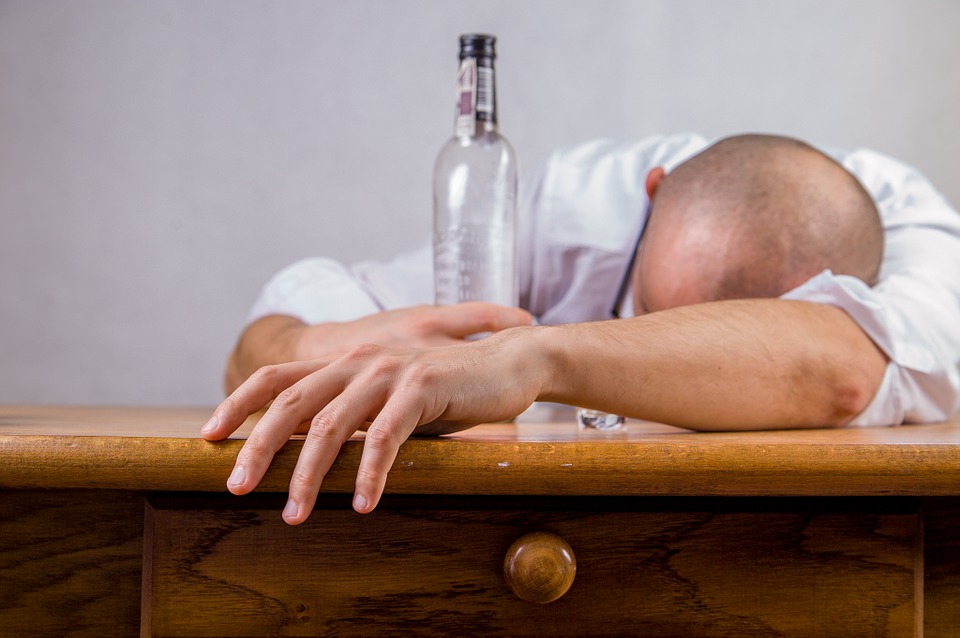Drug and Alcohol Addiction in Students
Many of us still confuse substance abuse with drug addiction. In reality, they are quite different.
Substance abuse is when you consume legal substances, prescription drugs or alcohol the wrong way. However, many people who are guilty of substance abuse can change or quit their unhealthy behavior over time. However, addiction is a disease which needs medical intervention or treatment because addicted individuals can’t change their habits, even if their addiction is causing them harm.
Unfortunately, college students comprise the largest percentage of drug abusers in the U.S. People between ages 18 and 24 are at an increased risk of addiction. It is also interesting to note that college students are twice as likely to indulge into alcohol and drug abuse as those who don’t attend college.

Both illegal and legal drugs feature chemicals that alter how your mind and body functions. Students can easily get addicted to a pleasurable ‘high’ because it eases their stress and helps them avoid problems associated with puberty, peer pressure and other challenges associated with adulthood.
Reason why Students become addicted to Alcohol and Drugs
We can’t deny the fact that teenage years are tough. There are several triggers that can compel students or teens to turn to drug and alcohol addiction. These include:
Curiosity:Since teens are exploring several other aspects of their lives both professionally and personally, it is natural for them to experiment with drugs and alcohol. However, if you go overboard with the consumption, you can easily get addicted which can result in life-threatening effects.
Peer pressure: Teens and students who are surrounded by people experimenting with performance-enhancing and recreational drugs are likely to try out these substances, which can lead to addiction.
Stress: Tough course work, challenges of juggling part time jobs and studies and social obligations can make students resort to alcohol and drugs as a coping mechanism. Most students are guilty of consuming stimulants, such as Adderall, simply because the drug helps them stay awake to complete assignments. Since most of these prescription drugs are easily available, students have access to them.
Common Choices of Drugs and Substances
Alcohol is largely associated with several addiction problems on most college campuses. Since drinking is socially acceptable, it is difficult to recognize a drinking problem in students. But addiction is not just limited to alcohol. A research conducted by University of Michigan in 2014 discovered that 12th graders mostly consume:
Marijuana
Marijuana is popular all over the world for providing a high to users. But the substance has undergone some major changes in its consumption techniques. Currently, students can use marijuana not only by smoking, but also via vaporizers, edibles and pills.
Vicodin
The potent and highly addictive painkiller is frequently prescribed to patients who have recently undergone surgery. But students typically consume Vicodin since it leads to a brief euphoric high in addition to other effects, such as lethargy and cloudy thinking.
Adderall
Although the stimulant is prescribed to sharpen the focus and improve attention levels of ADHD patients, Adderall abuse is fairly common in high school and college students.
Synthetic Marijuana
This type of marijuana is popular by many names including ‘K2’ or ‘spice.’ However, synthetic marijuana does not feature THC, but triggers euphoric effects or a relaxing feeling. In some cases, it leads to psychotic episodes that result in paranoia, extreme anxiety and confusion.

Hallucinogens
The drugs lead students to experience visualizations of unreal objects or situations. Common choices include LSD, or Psilocybin mushrooms (magic mushrooms). Hallucinogens are one of the most common drugs among students. In some cases, users can experience the negative effects which result in what is referred to as a ‘bad trip.’ These effects include anxiety, paranoia or panic.
MDMA
Molly, Ecstasy or MDMA is also referred to as the ‘club drug’ and is common among teens. MDMA leads to extreme euphoria, but this sensation is soon followed by depression which is because of the changing levels of dopamine, serotonin and norepinephrine in the body. The effects of drug usually last from three to six hours.
Cocaine
This is another popular drug; cocaine has been around for decades. The drug lowers inhibition and increases energy levels, which makes it popular among students who want to study and party at the same time. Owing to these effects, both college and high school seniors easily get addicted to cocaine.
Cough Medicine
Interestingly, drug abuse is not limited to marijuana or Adderall. Students can easily get addicted to several over-the-counter medicines or prescription drugs. The calming and relaxing effects of cough medicines force high school seniors and college seniors to consume the medications without any purpose.
Tranquilizers
There are some tranquilizers, like ketamine, that have been used in veterinary medicine. Ketamine abuse is growing in popularity because the substance is capable of inducing feelings of dissociation, which helps students ‘zone out.’
Students who are overwhelmed by the challenges of college and high school are at the risk of becoming addicted to ketamine.
Alcohol
Probably, alcohol is the worst of all substances. Alcohol addiction is the most dangerous forms of addictions because it is difficult to avoid alcohol at events, parties and get-togethers. Since alcohol consumption is often condoned, it is hard for students to give up drinking.
Students are guilty of binge drinking without realizing the overall impact of alcohol on their physical and mental health. In some cases, students have succumbed to immediate effects, such as cardiac arrest and even death.
Overcoming Alcohol and Drug Addiction
Not every teen immediately starts doing drugs or binge drinking at this age. But since most students believe that alcohol makes socializing easier, they develop a drinking pattern that ultimately leads to an addiction.
College is a place for self-discovery. However, for some students, the pressures of a demanding college lifestyle can make them vulnerable to drug and alcohol addiction. Colleges around the nation are taking proactive measures to help students overcome excessive drinking and drug abuse and design inventive programs to inspire good decision-making.
Here are a few ways to help student combat drug and alcohol addiction.
Prevention
We know it sounds like a cliché, but there is nothing better than prevention to reduce your dependence on substances. While most students consume drugs and alcohol thinking they will do it only once, some of them falsely believe they can stop any time.
Naturally, not every student can control his/her alcohol and drug in-take. The best way to avoid any sort of addiction is to control your substance abuse before it becomes an addiction.
Set Goals
Once you’ve made the decision to quit, you need to make clear and specific goals to accomplish fruitful results. Your goals should look something like this:
Goal #1: I will be sober to live my life to the fullest.
My quit date is __________.
Goal #2: I will put an end to substance abuse to achieve personal and professional success.
My quit date is ___________.
Goal #3: I will only drink on Saturday and Sunday. I will also limit my drinks to five drinks per weekend and reduce it gradually to make it just three drinks per weekend.
Don’t Succumb to Peer Pressure
Young adults or college students usually consume alcohol to become more popular and fit in with other students. You can prevent drug addiction by not giving into peer pressure and abstaining from alcohol and drugs.
Develop Close Family Ties
The support offered by a student’s family makes it easier for them to tackle life pressures and avoid all types of addictive substances. Students should surround themselves with friends and family who motivate them to accomplish their goals.
Nurture Healthy Habits
Exercising regularly and consuming a balanced diet strengthens your immunity as well as makes it easier to deal with life stresses. As exercise triggers the production of feel-good hormones in your body, stick to a healthy fitness regime to reap the benefits of a healthy lifestyle. Eat healthy fats and vegetables/fruits rich in minerals, vitamins and protein.
These are only a few ideas that can prevent alcohol and drug addiction. But if you are unable to practice self-control, you must seek medical and professional help to combat your alcohol and drug addiction. Check into rehab and stand by your decision to live a substance-free life.
Bottom Line
While it’s natural to overlook the fact that drug and alcohol addiction has serious detrimental effects, it requires a great deal of support and motivation to change. If you’re determined to put an end to your drug and alcohol addiction, you’re just one step away. Get to know more about the local Narcotics Anonymous and Drug Anonymous Meetings in your local area to share your experiences and live an addiction-free life.











